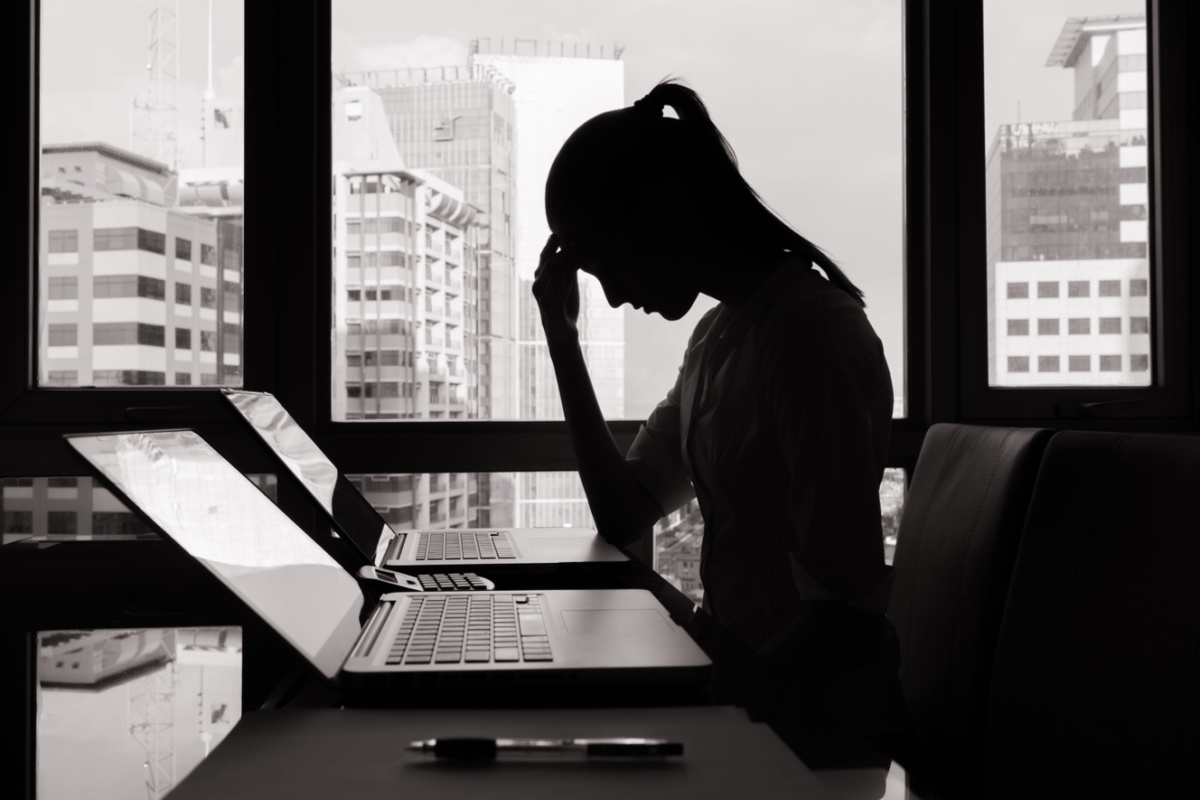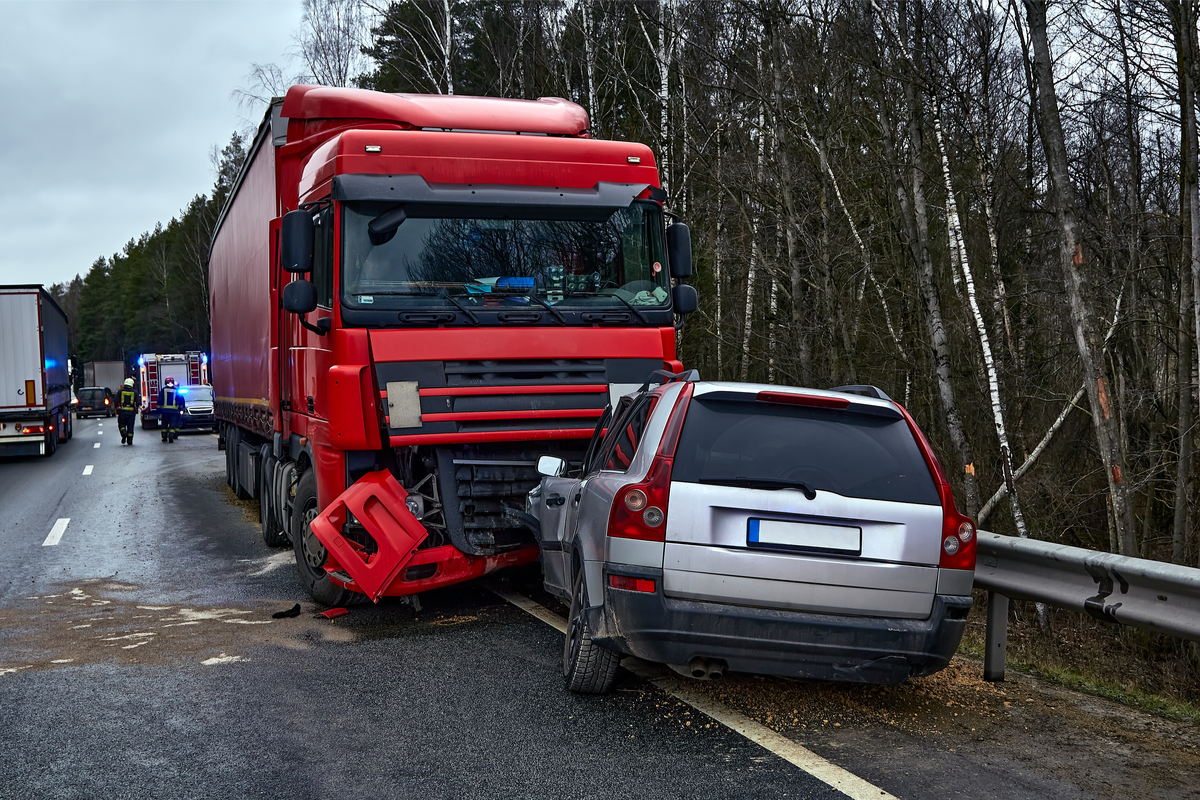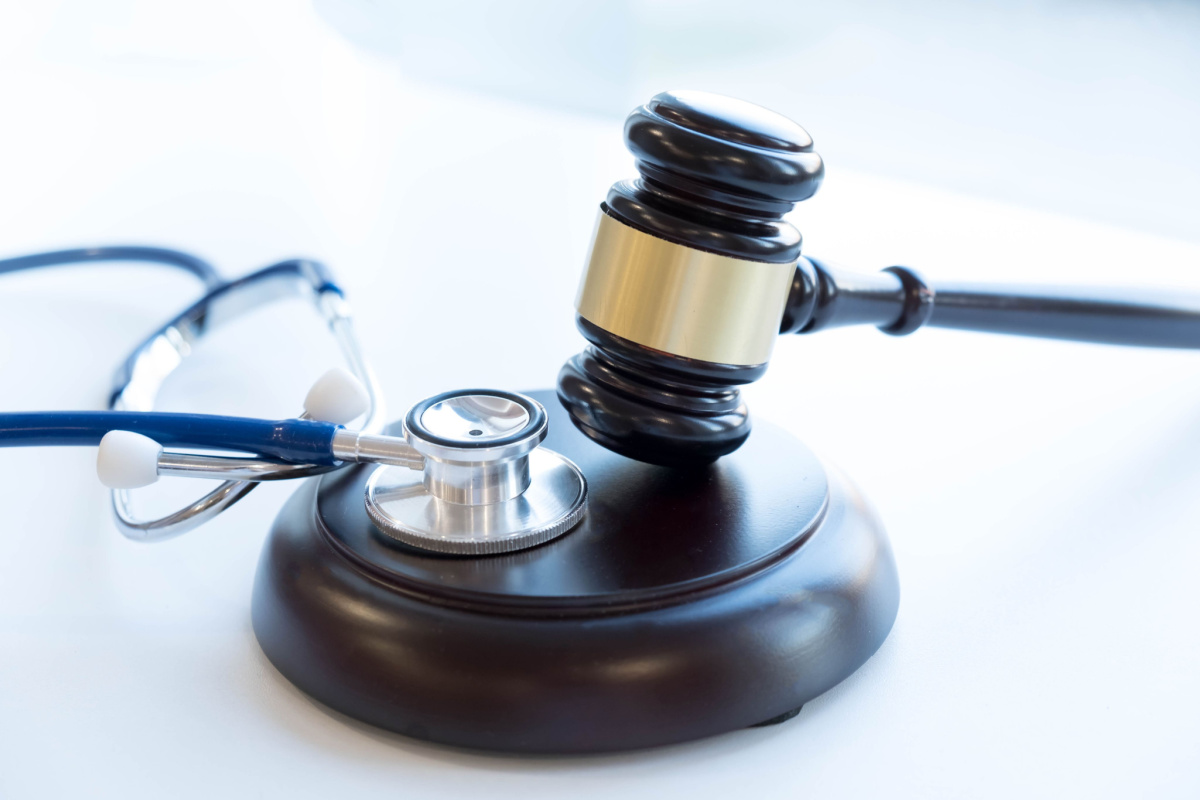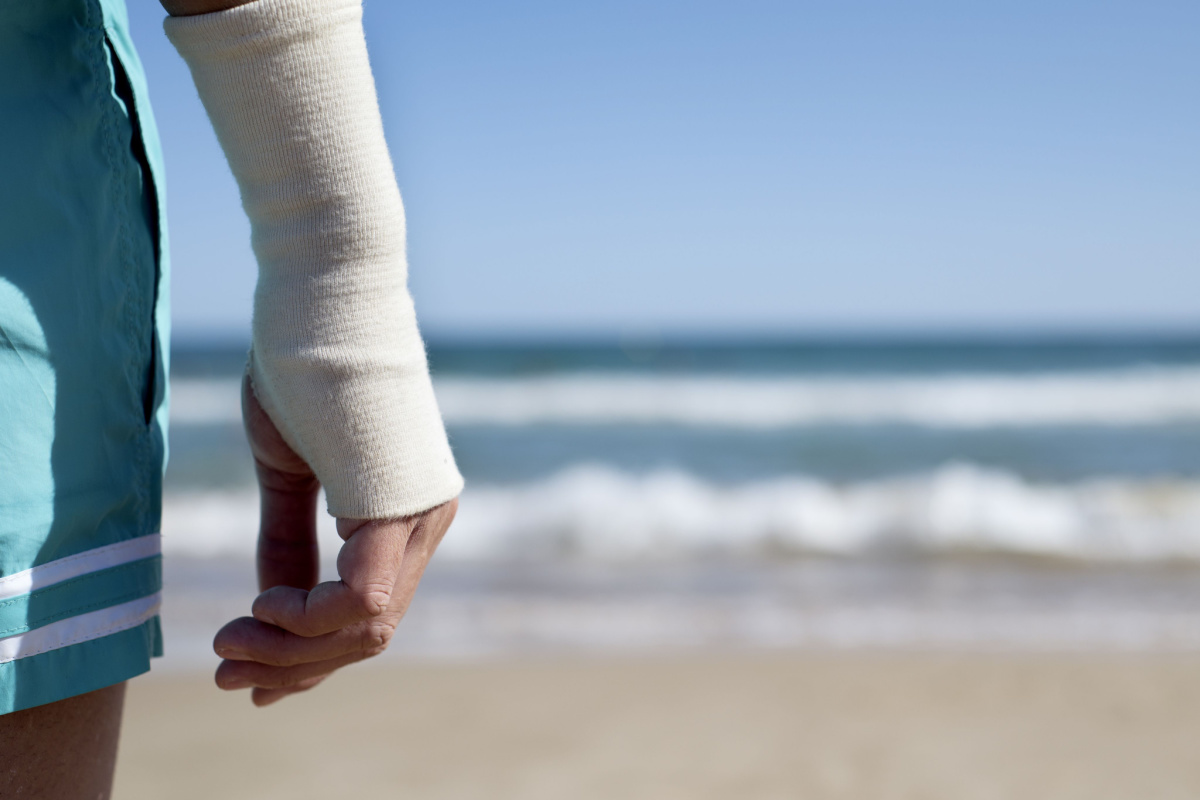When labor-management disparities intensify across various sectors, New Orleans emerges as a beacon of progressive labor policy. A city known for its rich culture and spirited community, it now distinguishes itself through significant strides toward establishing a fairer work environment. Introducing the Workers’ Bill of Rights and strengthening union rights for city employees are particularly notable among these initiatives.
These measures demonstrate a robust commitment to reshaping the labor landscape in a region that has often faced challenges in this domain. Such legislative advancements aim to enhance the working conditions for many and set a precedent for other cities to follow in championing worker rights.
Key Takeaways – Advancing Workers’ Rights in New Orleans
New Orleans spearheads a transformative approach to labor relations with initiatives such as the Workers’ Bill of Rights and a comprehensive union rights ordinance. The Workers’ Bill of Rights encompasses a suite of essential protections for a dignified workplace, including equitable wages, enhanced workplace safety, substantive benefits, and solidified rights to organize. Concurrently, the union rights ordinance provides robust support for collective bargaining and ensures effective representation for city workers.
However, these reforms are not without their obstacles. State laws often pose significant barriers, necessitating a strategic alignment among local government officials, businesses, and labor organizations to effectively implement and sustain these changes. The interplay of these forces underscores the complexity of revising labor policies within the framework of existing legal constraints.
As a focal point for examining the efficacy of progressive labor policies, New Orleans provides a critical case study. The city’s proactive stance in advocating for workers’ rights offers valuable insights into the potential for such policies to influence broader economic and social outcomes. Through its efforts, New Orleans aims to foster a more equitable local labor market and contributes to the national dialogue on labor practices, positioning itself as a potential model for other urban centers grappling with similar challenges.
Comparing the Workers’ Bill of Rights and Union Rights Ordinance
| Aspect |
Workers’ Bill of Rights |
Union Rights Ordinance |
| Scope |
Protects fundamental rights for all workers |
Strengthens rights for city employees |
| Key Provisions |
Fair wages, workplace safety, benefits, right to organize |
Transparent bargaining, protection from anti-union tactics, mandatory negotiation with unions |
| Impact |
Sets a standard for labor rights citywide |
Improves working conditions and service quality for the public sector |
What are the key provisions of New Orleans’ proposed “Essential Workers Bill of Rights”?
The “Essential Workers Bill of Rights” in New Orleans aims to protect workers’ fundamental rights, including fair wages, workplace safety, access to necessary benefits, and the right to organize and join unions.
The proposal seeks to enshrine these rights in the city charter and address critical concerns faced by the local workforce.
Background and Context
Labor rights across the United States present a diverse and complex landscape shaped by the varied approaches of individual states and municipalities toward union representation and workers’ rights. New Orleans stands out within this national context due to its unique cultural heritage juxtaposed against pronounced economic disparities. The city has long been a focal point in conversations about labor justice and economic equity, reflecting its historical significance and contemporary challenges.
Historically, New Orleans’ labor movement faced numerous hurdles, including restrictive labor regulations and broader economic adversities that hampered workers’ collective bargaining power. However, recent years have witnessed a resurgence in labor activism driven by a combination of factors. Dedicated advocacy groups have played a pivotal role, pushing for reforms and mobilizing workers around shared goals. Likewise, city authorities have shown an increased openness to addressing these issues, influenced by both political pressures and a growing recognition of the need for change. Additionally, the workforce itself has become more aware of its rights and the potential benefits of organized labor, further fueling this revitalization.
The Workers’ Bill of Rights Proposal
March 2024 marked a pivotal moment in New Orleans’ labor rights history, with the municipal council introducing the Workers’ Bill of Rights. This ground-breaking proposal, supported by Step Up Louisiana and various other labor rights organizations, seeks to embed essential workers’ rights directly into the municipal charter, establishing a formal framework for worker protections at a city-wide level.
Spearheaded by Councilmember Helena Moreno, the initiative is designed to safeguard core worker entitlements. Key among these are the guarantees of access to necessary benefits, the assurance of safe working conditions, and the provision of fair salaries. The proposal aims to enshrine these rights, setting a precedent for municipal involvement in upholding labor standards.
Key Provisions
The Workers’ Bill of Rights targets specific concerns paramount to New Orleans’ workforce, outlining a series of reforms designed to enhance the working environment across various sectors. Each provision in the Bill is carefully crafted to address the needs and rights of workers, reflecting a holistic approach to labor reform.
Fair Wages: One of the bill’s cornerstone goals is establishing a legislative framework ensuring employees receive remuneration that reflects their efforts and essential needs. It advocates for a wage system that not only meets minimum standards but also corresponds to the region’s cost of living and economic demands.
Workplace Safety: Another critical aspect of the Bill is its focus on enhancing workplace safety regulations. It proposes rigorous improvements to current laws to minimize the risks of workplace accidents and health issues. The initiative seeks to create a healthier and more secure environment for all employees by bolstering safety standards.
Access to Benefits: The Bill also emphasizes the importance of access to comprehensive benefits, which are crucial to the overall well-being of workers. It champions the right to paid leave, health care provisions, and other fundamental benefits contributing to the security and welfare of employees and their families.
Right to Organize: Upholding and strengthening the right to organize is a vital feature of the Bill. It supports workers’ freedom to form and join unions, a fundamental aspect of labor rights that enables workers to collectively negotiate for better terms and advocate for their interests effectively. This provision is intended to empower employees, giving them a stronger voice in their workplaces and industries.
Union Rights Ordinance
In a significant move towards bolstering labor rights, the City Council of New Orleans passed a transformative law in June 2023 that expanded union rights significantly for city employees. This ordinance was designed as a complementary measure to the Workers’ Bill of Rights, enhancing the legal framework supporting workers in the public sector.

The ordinance established new avenues for collective bargaining, enabling city employees to negotiate more effectively for better wages, improved working conditions, and comprehensive benefits. It also reinforced worker representation, ensuring that employees have a strong voice in discussions that affect their professional lives and personal wellbeing.
This legislation marked a pivotal moment for public sector unions in New Orleans, providing them with the tools necessary to advocate more powerfully for their members.
Implications and Impact
The passage of the Union Rights Ordinance in New Orleans has set the stage for profound changes within the municipal workforce. By mandating a transparent and equitable bargaining process, the legislation ensures that all negotiations between city employees and management are conducted fairly, minimizing the risk of disputes and misunderstandings. Moreover, the ordinance offers robust protection against anti-union tactics, safeguarding employees’ rights to organize without fear of coercion or retaliation.
This legal framework compels the municipal government to engage directly with union representatives, fostering a cooperative relationship conducive to constructive dialogue and mutual respect. Such interactions are crucial for effectively addressing workers’ concerns and adapting policies to meet evolving needs.
The ordinance considered a critical initial step toward improving labor relations in the public sector, has significant implications for the broader municipal environment. Improved working conditions lead to higher job satisfaction, which is instrumental in enhancing employee retention. As workers feel more valued and supported, their commitment to their roles tends to increase, reducing turnover and the associated costs of training new employees.
Challenges and Obstacles
Despite New Orleans’s progressive strides in labor reform, significant challenges remain in fully implementing the Workers’ Bill of Rights and the union rights ordinance. One of the primary barriers is state legislation that curtails the powers of the Civil Service Commission, thereby restricting its ability to oversee and enforce organizational activities effectively. This limitation can undermine efforts to ensure fair labor practices and equitable treatment of city employees.
Furthermore, the success of these legislative measures heavily depends on the cooperation among the municipal government, private sector companies, and labor organizations. Effective collaboration is essential to navigate the complex landscape of labor rights and implement policies that can lead to substantial worker improvements. With a united approach and mutual understanding among these key stakeholders, achieving the intended benefits of the reforms could be significantly improved.
Economic and Social Benefits
The impact of New Orleans’ labor rights movement extends beyond immediate benefits to employees and their families and contributes to broader economic and social progress. By advocating for safe working conditions and fair pay, these policies directly address systemic income disparities and promote economic stability within the community. Such measures not only improve the livelihoods of individual workers but also enhance the region’s overall economic health.
Moreover, by setting a precedent for labor rights, New Orleans could influence labor practices beyond its borders, catalyzing a shift toward more equitable working conditions across other regions and possibly nationwide. This ripple effect could contribute significantly to reshaping national labor standards and promoting social justice.
Future Directions and Potential
As New Orleans embarks on this ambitious journey to bolster union participation and enhance workers’ rights, the city is positioned as a crucial experimental zone for observing the impacts of such laws within an urban setting. The developments in New Orleans offer valuable lessons on the interplay between social justice, economic realities, and labor legislation.
Even with the progressive orientation of these legislative endeavors, several obstacles stand in the way of implementing the Workers’ Bill of Rights and union rights law and reaping their advantages.
State legislation limits the Civil Service Commission’s authority and hinders organizational activities, which creates major obstacles.
Moreover, collaboration between the municipal government, companies, and labor groups is essential for these programs to be successful in producing noticeable gains for workers.
What Else Do We See?
New Orleans’ legislative strides in expanding union participation and fortifying workers’ rights mark a significant shift in the city’s approach to labor policy. Amid various challenges, the city’s commitment to fostering a fair and equitable workplace is commendable. It exemplifies a model that other communities nationwide could look to for inspiration. As these initiatives unfold, their impact on enhancing workers’ lives and promoting a more equitable labor environment will serve as a testament to the potency of progressive legislation and collective efforts in addressing critical contemporary issues.
The city’s achievements in this realm exemplify successful endeavors in the ongoing struggle for economic justice and labor rights, illustrating that substantial progress is attainable through dedication, collaboration, and robust advocacy—even against formidable legal and economic challenges. Moreover, New Orleans’ efforts to safeguard worker rights and encourage unionization could potentially ignite a nationwide movement toward enhanced labor justice, further ensuring a brighter future for its workforce.
Broadening the Dialogue on Workers’ Rights
The initiatives in New Orleans have catalyzed a broader discussion on workers’ rights, underlining the impact of localized action despite state and federal constraints. This dialogue is expanding to address the needs of a modern workforce, including freelancers, gig economy participants, and those in precarious employment situations. By spearheading these reforms, New Orleans is compelling other states and localities to reconsider their stance on labor rights and the pivotal role of unions in advocating for workers.
Strengthening Community and Economic Resilience
Pursuing enhanced workers’ rights is deeply connected to bolstering community and economic resilience. Issues such as fair pay, safe workplaces, and access to benefits are not merely labor concerns but also vital economic measures. These can reduce poverty, stimulate consumer spending, and elevate the overall quality of life. New Orleans demonstrates that supporting workers’ rights is crucial for forging a more durable and sustainable economy that benefits all citizens.
Navigating Legal and Political Landscapes
Implementing the Workers’ Bill of Rights and the union rights law necessitates strategic navigation of complex political and legal landscapes. Advocates and local officials need to work together to ensure these initiatives withstand political challenges and legal scrutiny. This might involve engaging in legal battles, building coalitions supporting labor reforms, and raising public awareness about the importance of workers’ rights. New Orleans’ experiences provide a valuable case study on how cities can advocate for labor reforms within the constraints of broader political and legal frameworks.
Role of Education and Advocacy
Education and advocacy play critical roles in advancing workers’ rights. Organizations like Step Up Louisiana equip workers with the necessary knowledge and tools to advocate for themselves and their colleagues. These groups help workers understand rights and the methods to exercise them effectively. Moreover, public education campaigns can shift societal perceptions towards supporting labor reforms, thus reinforcing the argument for legislative changes. The initiatives underway in New Orleans highlight the indispensable impact of grassroots activism and educational efforts in shaping legislative reforms.
Protect Your Rights with Stephenson Chavarri & Dawson
At Stephenson Chavarri & Dawson, we are committed to fighting for the rights of workers in New Orleans and beyond.
As the city takes bold steps to advance labor justice through the “Essential Workers Bill of Rights” and the union rights ordinance, our experienced attorneys are here to support you.
If you have questions about your rights as a worker or need assistance with a workers’ compensation claim, contact us today for a confidential consultation.
Together, we can ensure that you receive the fair treatment, safe working conditions, and benefits you deserve.



















